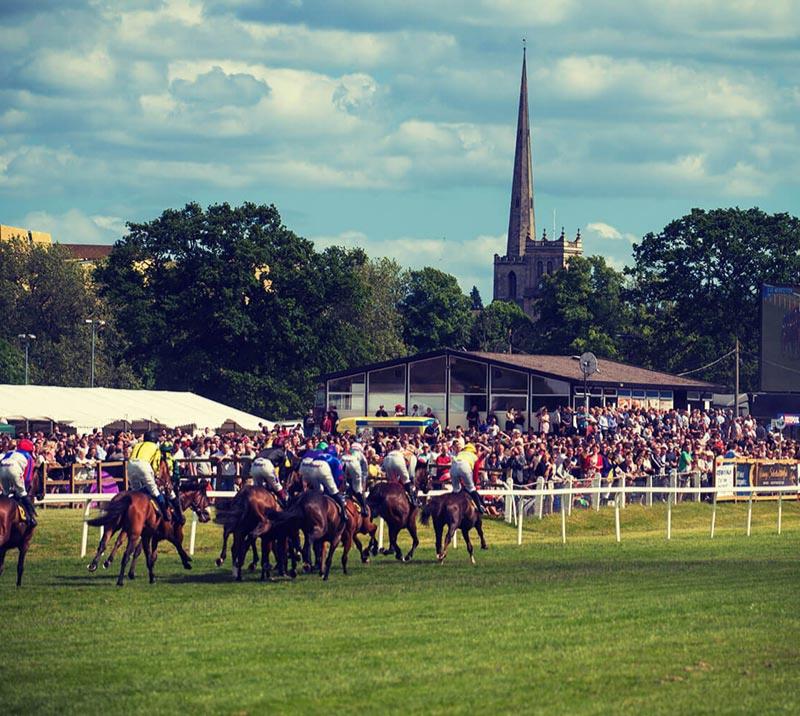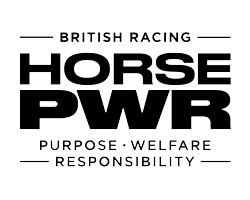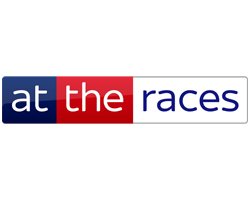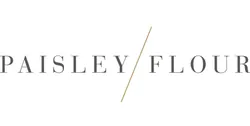
Nestled beside the River Severn in the heart of the historic city of Worcester, Worcester Racecourse has been a centre for horse racing for over 300 years. One of the oldest racecourses in the country, the course blends scenic beauty with rich sporting tradition, while resilience and passion has made it one of Britain’s most beloved tracks.
Racing at Worcester dates to 1718. The venue was known as Pitchcroft, a name it still withholds today, originally home to flat racing events.
Set on land just north of the city centre, the racecourse was ideally located and quickly became a favourite among local townsfolk, before earning broad recognition in the 1800s. The course adapted with the times and by the mid-19th century, National Hunt racing began to take precedence over flat racing, a trend that continues today. The course has seen its fair share of action beyond horse racing, including bare knuckle boxing in 1824.
In 1893, Worcester Rugby Club used part of the grounds as their residence, which continued for several years until the formation of Worcester City FC.
In the 1950s and 1960s, Worcester Racecourse became a mainstay of the National Hunt season, drawing loyal spectators and establishing itself as a reliable ground for jump horses and jockeys. In 1965, the course saw a record-breaking 229 runners take to the track on an 8 race card. The course has even seen royalty ride a winner, when HRH The Princess Royal rode her own horse, Cnoc Na Cuille to victory.
Today, Worcester Racecourse hosts around 20 National Hunt fixtures annually from April – October, with highlights including Ladies Day in June and Family Fun Days. Owned and operated by Arena Racing Company, the course also serves the wider community as an events venue, hosting conferences, parties, fundraisers and family days along its racing programme.
From 18th-century flat racing to 21st-century jump meetings, Worcester Racecourse has stood the test of time and remains one of Britain’s most characterful tracks.





























